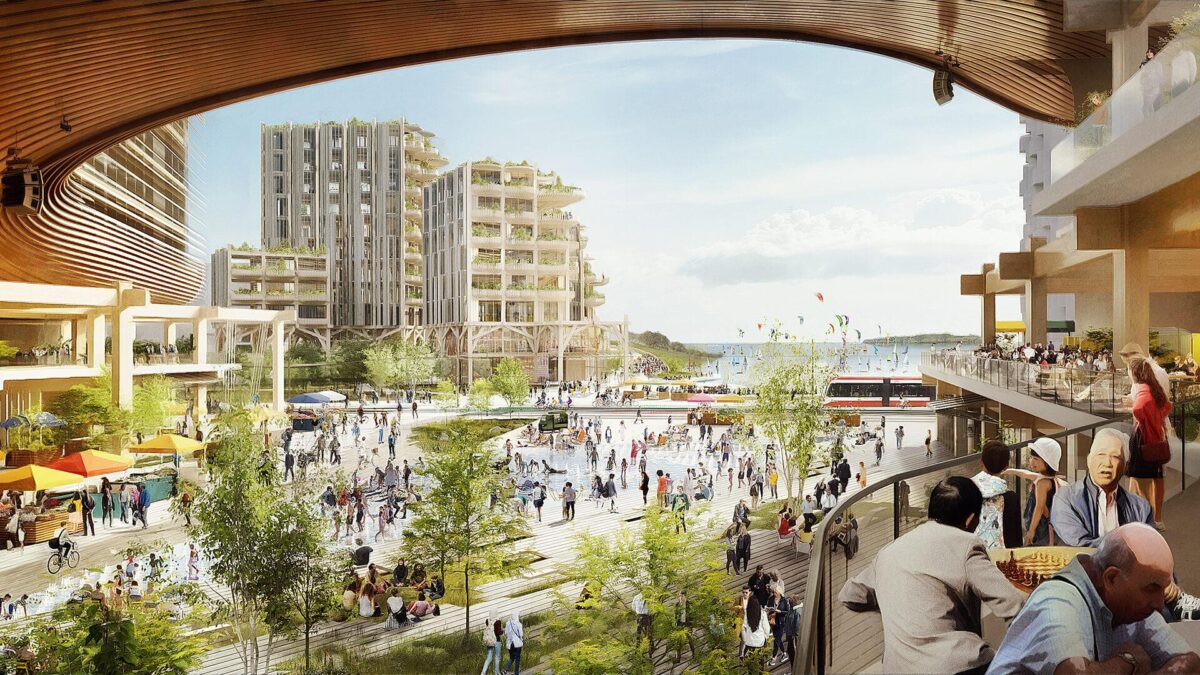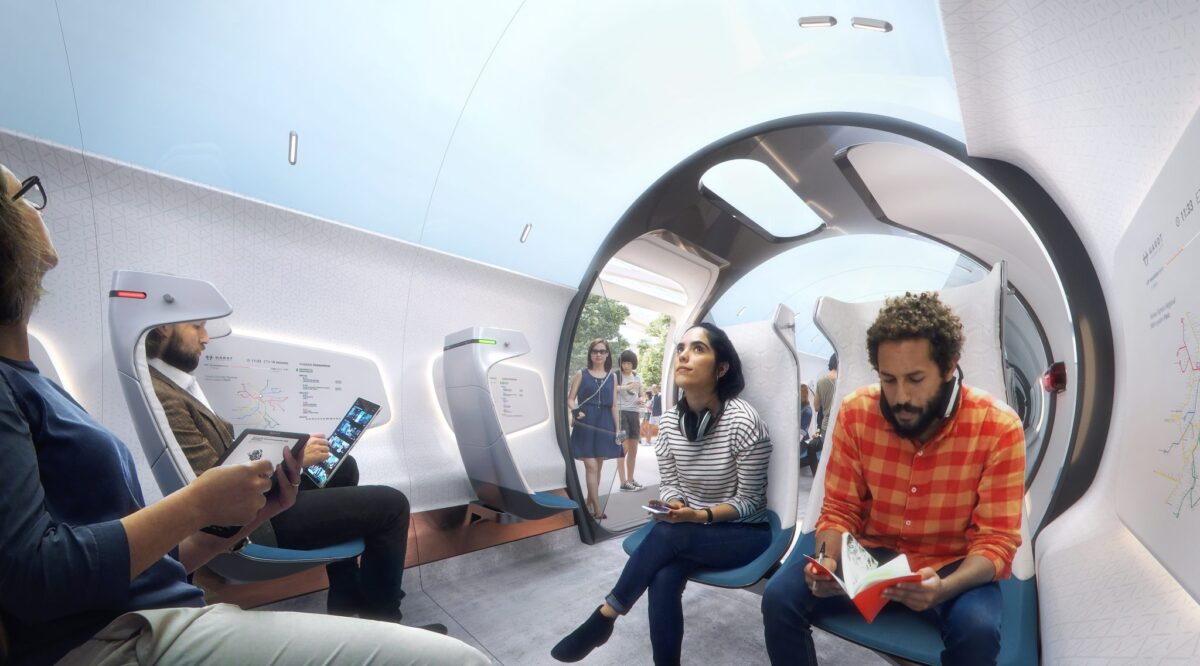The influence of Airbnb
Airbnb is a platform where supply and demand for accommodations all over the world come together. The idea for Airbnb was born in San Francisco in 2007. Former classmates Joe Gebbia and Brian Chesky share an apartment in that city and can barely pay the rent every month. When a major convention is held in San Francisco and all the hotel rooms turn out to be full, they decide to put three air mattresses in the living room and rent them out through a makeshift website called “Airbed and Breakfast.” The name Airbed and Breakfast has now been changed to Airbnb and it is no longer about three air mattresses, but about three million accommodations. Although there are also quite a few B & Bs and hostels that have registered their rooms on Airbnb, the vast majority of the accommodations are owned by private individuals who try to earn extra pocket money by renting out their house or room. In 12 years, Airbnb has grown into one of the largest accommodation booking sites in the world and is known as a site where you can book very nice and original accommodations, often at a very reasonable price.
Influence on hotels
Many hotels in the Netherlands say they are suffering from the rise of Airbnb and other forms of private holiday rental of rooms or houses. According to a KPMG survey, 40 percent of hotels face competition from private individuals. Hotels in the three-star segment and hotels in the lowest price range with room prices up to 65 euros experience the most competition from this. In 2013, they saw both the occupancy rate and the average room price fall. The average room price of more luxurious hotels also fell last year. The occupancy rate of 4- and 5-star hotels still increased slightly. But also chic hotels are now saying that tourists are more likely to opt for an Airbnb apartment instead of a hotel room.
Influence on house and rental prices
The presence of Airbnb is likely to lead to higher home prices and rents. The first reason is that commercial landlords buy up houses and rent them out to tourists. Second, homeowners can rent out their home or a room for part of the year and earn extra money. The first reason is certainly bad news for local tenants, who now have to move or pay more due to the increased rents.
Several reports have already surfaced suggesting that neighborhoods with many Airbnb are experiencing significant price increases. An analysis by New York University found that in the Williamsburg and Greenpoint neighborhoods, prices have risen between 1.2 and 2.3 percent as a result of rentals through online platforms. The renowned online magazine The Real Deal calculated that rents in these neighborhoods would drop between $37 and $69 if the homes were used normally. Based on an estimated average rent of $3,055, that would mean a price drop of 1.21 and 2.25 percent.
It is very special how a fairly simple technical business model can have such a huge impact on an industry. Hotels that have been established for decades are faced with fewer bookings. Neighborhoods are faced with higher housing and rental prices. Airbnb had such a great influence in Amsterdam that the municipality entered into a partnership with the company. This indicates how great the influence of Airbnb can be.



